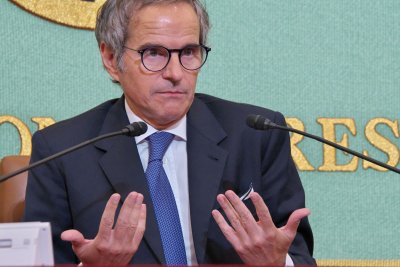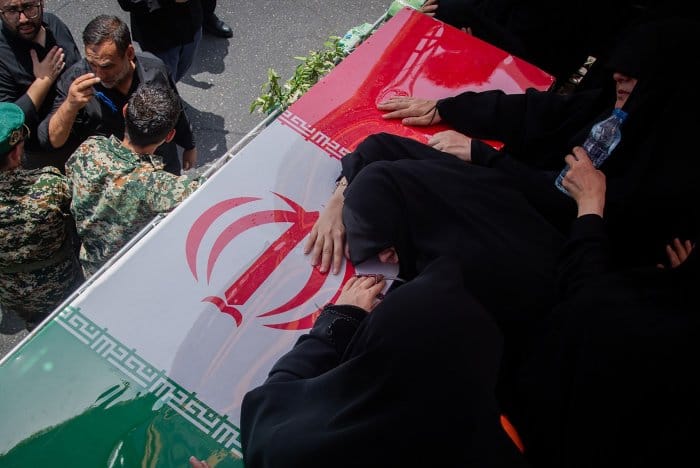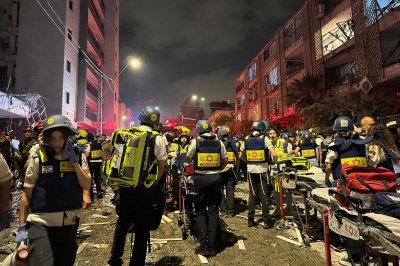Nations decry Iranian threat against IAEA general director

June 30 (UPI) — Member nations of the International Atomic Energy Agency called out Iran Monday for threats made against Rafael Grossi, the organization’s top official.
“Any undermining, sanctioning or even threat against the director general personally or his staff are completely unacceptable,” posted Austria’s Chancellor Christian Stocker to X Monday.
The French Ministry for Europe and Foreign Affairs released a statement Monday that it “strongly condemns the threats against the director general of the International Atomic Energy Agency.”
The French statement was further echoed by a joint press release from France, Germany and the United Kingdom that condemned “threats against the Director General of the IAEA Rafael Grossi.”
Iran’s ambassador to the United Nations Amir Saeid Iravani spoke Sunday on the CBS News program “Face The Nation” and said that there was no threat made to Grossi, despite an article that ran last week in Iran’s ultra-conservative Kayhan newspaper that alleged Grossi to be a spy for Israel, and that “as soon as he enters Iran, he will be tried and executed for spying for Mossad and participating in the murder of the oppressed people of our country.”
U.S. Secretary of State Marco Rubio had responded Saturday on X that “calls in Iran for the arrest and execution of IAEA Director General Grossi are unacceptable and should be condemned.”
Iravani however, when asked by CBS if he condemned calls for Grossi to be executed, replied “Yeah.”
He also explained that IAEA inspectors already in Iran are safe but are not being permitted to inspect nuclear sites there. “It is our assessment is that they have not done their jobs,” Iravani said, and implied the IAEA “failed” in regard to the attacks made by Israel and United States on Iranian nuclear facilities.
In the joint statement made by Britain, France and Germany, the countries called on “Iranian authorities to refrain from any steps to cease cooperation with the IAEA.”
“We urge Iran to immediately resume full cooperation in line with its legally binding obligations, and to take all necessary steps to ensure the safety and security of IAEA personnel,” the statement continued.
“The organization’s work is now more important than ever and must urgently be continued,” said Stocker in the same X post he made Monday.
The IAEA had announced in a press release Friday that radiation levels in the Gulf region had remained normal following the attacks on Iran’s Bushehr Nuclear Power Plant and the Tehran Research Reactor.
Grossi explained in the release that the attacks “could have caused a radiological accident with potential consequences in Iran as well as beyond its borders.”
“It did not happen, and the worst nuclear safety scenario was thereby avoided,” Grossi said.,




